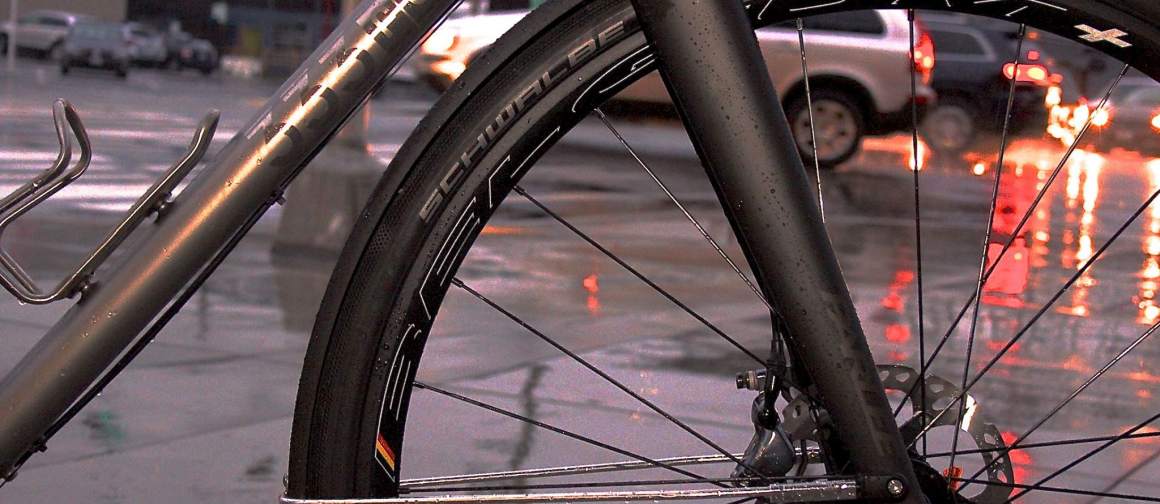
Fender Awareness Month continues at Bike Hugger:
You know what I don’t like? Your “apology fenders”. The kind of pretend full-fenders that promise to turn your rolling homage to the Tour de France into a practical, all-season steed for places that aren’t SoCal or Majorca. Sure, if you only have one bike, then you have no choice but to make the best of what you have. But if you actually go out and buy a road bike as a commuter or a “winter-trainer”…and it doesn’t have provision for fenders…then you’ve made a bad decision. And you should feel bad.
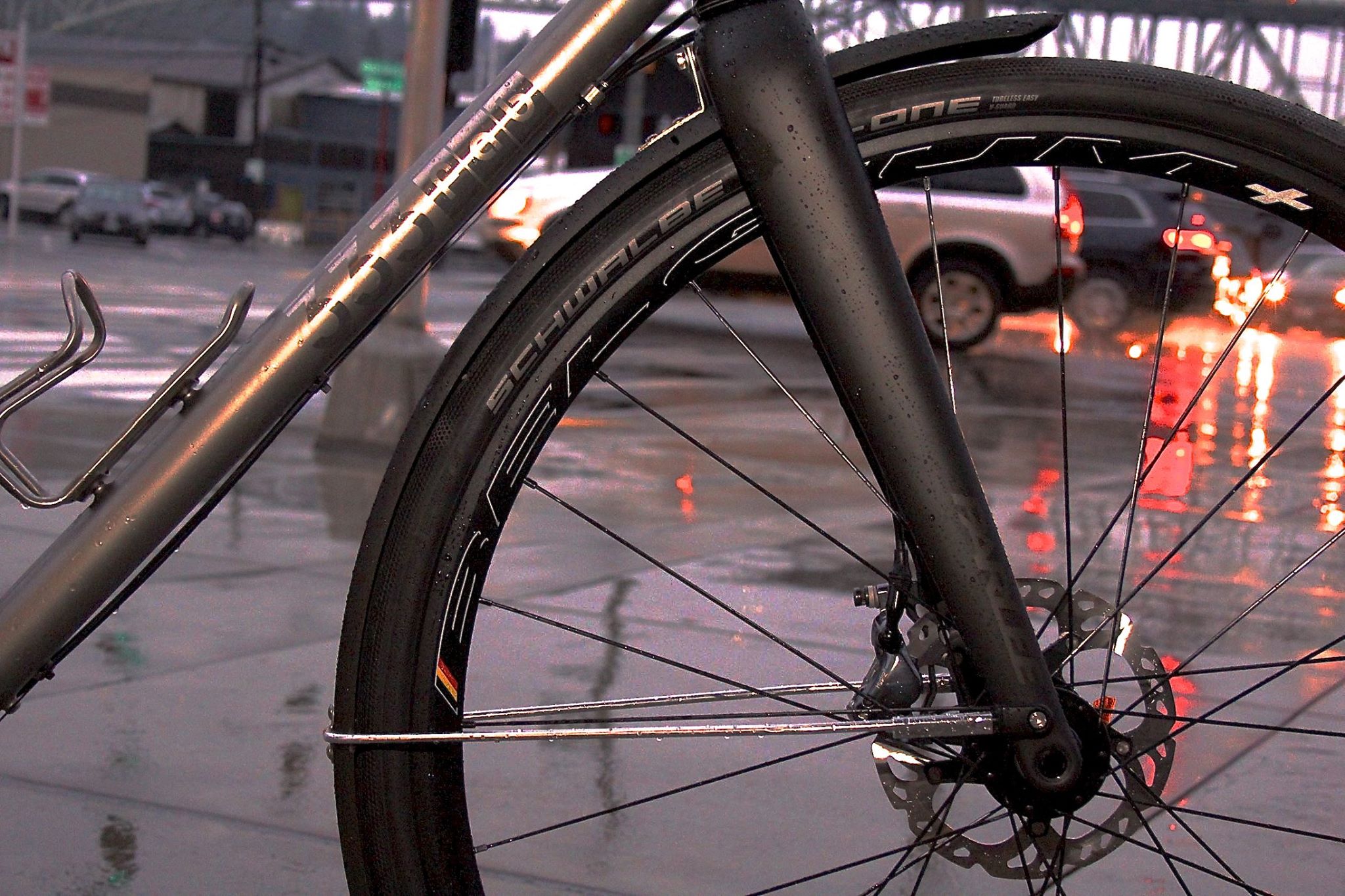
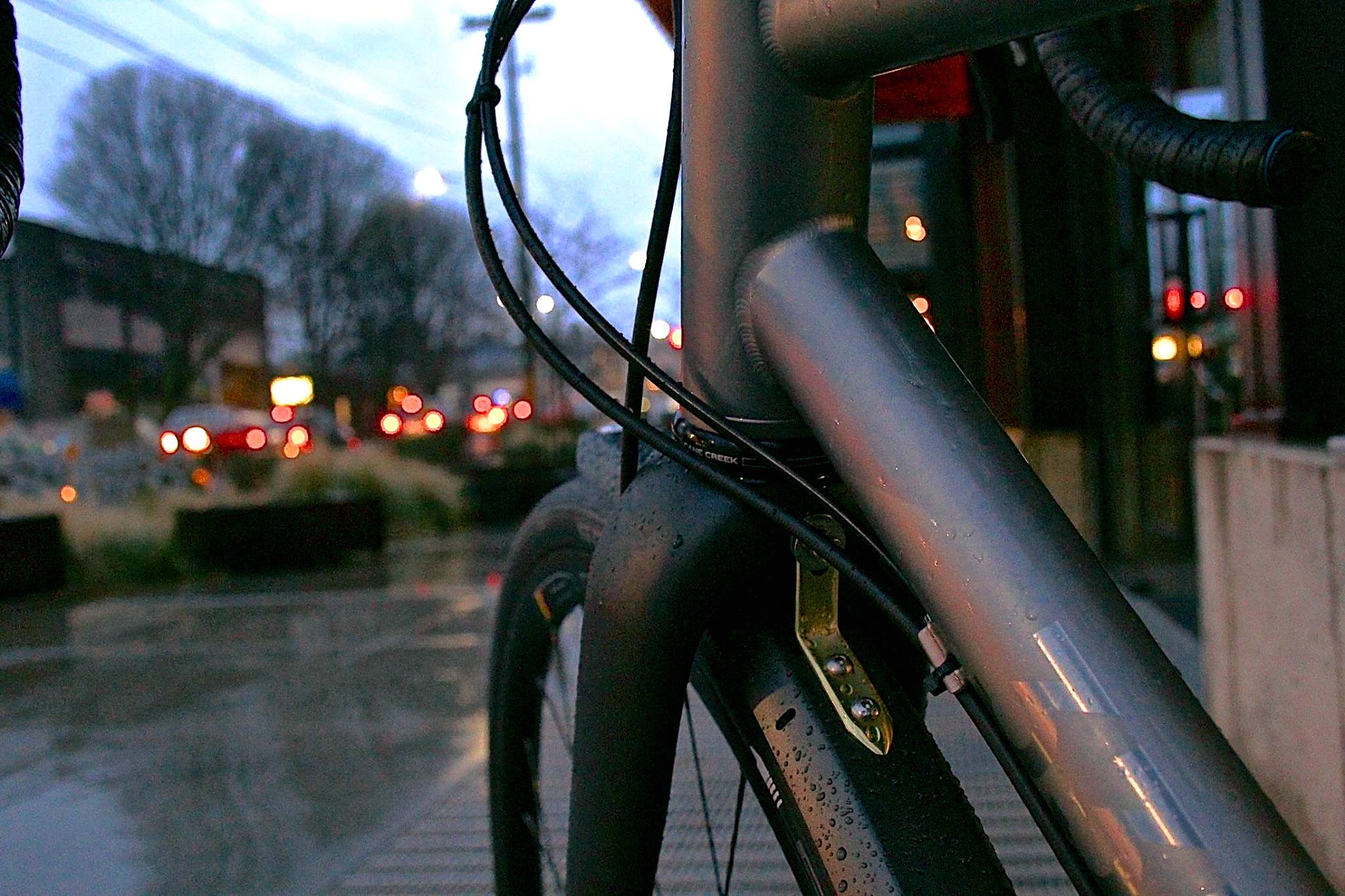
To be fair, most road bikes are not built to take fenders because the image and emotion used to market them is directly inspired by professional road racing, the pinnacle of which is La Grand Boucle every warm, sunny July in France. To match the ethos of uncompromising performance, road frames were made with ever diminishing tyre clearance since the 1950s, probably peaking after 1995 when road bikes often could fit no bigger than 23mm treads. Over the last 5-7 years frame designers have walked that back a little, but it may as well have been the middle ages since a rider could finish his last race of the year and then shove full-fenders and plump tyres into his frame until the next season. For the last 40 years, the short reach, side-pull rim caliper has been the standard for performance bicycles, and it simply does not provide practical clearance for all-weather tyre and fenders. Even with the onset of disc brakes for road bikes, the big bike companies still shackle their designs with fork and chainstay dimensions optimized for short reach brakes. And they won’t be changing their game if they believe they can still make money selling race replicas to an undiscerning market. Until the bean counters at HQ see the sales suffer, the big companies will keep churning out the same thing in this year’s colours.
This situation has given rise to the demand for clip-on fenders that attach to a bicycle without the benefit of fender eyelets and often without clearance under the brake or frame. These make perfect sense for a casual cyclist who only has one bike, a rider who lives in relatively dry climate with only occasional need for such, or a mtn biker trying to limit the mud build up from riding trails. But most clip-on fenders don’t provide adequate protection for group training rides, nor do they keep your feet from getting soaked and face from getting sprayed on those dreary winter commutes. Yes, there are clip-on fenders that make a feeble attempt at full coverage (eg the ubiquitous SKS RaceBlade and painfully clever Crud Products RoadRacer), but they leave much to be desired in terms of durability and/or security. Some versions of these products rely on fittings that are held on by the quick release skewers, and it’s unwise to distract a QR from its primary job of holding your wheels onto your bike, particularly when disc brakes are involved. Or maybe you can’t even use those fittings because your disc brake bike has thru-axles.
You can tell yourself that those cheeseball fenders don’t suck, but you’re only lying to yourself. Those fenders are the Hair Club For Men of rain bike solutions; the sooner you come to terms with your situation, the easier and more satisfying your riding will be. Either as a practical bike for the whole year or as a designated rain bike to compliment an existing stable of bikes, you need a frameset that can take real fenders. There are plenty of affordable, fender-ready options out there. A lot of entry-level cyclocross bikes have fender eyets, as do many of the new “gravel/all-road” bikes that are just now hitting the market. If you are a traditionalist, then Soma and Surly both make smart, steel road frames that offer all the necessary features without being pigs in terms of riding demeanor.
What’s that? You say you wanted a fast fender bike? You may be in luck since Specialized has finally started to offer fender compatibility on their spring classics-styled Roubaix road bikes, a feature with more tangible benefits than the gimmicky Zertz elastomer inserts. But there is an option that has been staring you in the face all along: c-u-s-t-o-m.
A custom builder design a frame without being shackled to the considerations of mass production, making a riding tool just to fit your personal needs. You want quick handling and fenders? It can be done. While we’re at it, why don’t you get a bike that actually fits rather than trying to shoehorn yourself onto someone’s generic sizing chart?
Oh, you’ve heard of custom-made bikes? Yeah, they’re what you buy if you know what you want rather than looking to what Chris Froome pedals. Yes, a bespoke, craftsman-made frameset fabricated here in the states costs more than a mass-produced moulded-carbon unit from mainland China, but stop that train of thought for a moment to calculate how many compromises in fit, features, finish, and handling you’ll swallow just to shave points off the bottom line. That’s how the big brands plan every business cycle, but this is your life and we all have but a finite time span to enjoy riding our bikes. Make sure to enjoy.
The economic realities of globalization, mass production, and modern carbon manufacturing will always make a custom bike a more expensive investment on paper, but try to realize money isn’t the only parameter to quantify in a bike purchase, it’s just the easiest. Think of all the time you’d spend on a typical big brand road bike, riding in the rain on skinny tyres, your apology fenders intermittently rubbing before finally falling apart. Think of how many trips to the bike shop you’ll make to get a new set of those fenders (or more likely order off of Amazon) and how much time you’ll struggle to achieve an ultimately disappointing solution. Yet I also see people spend $3000 on carbon framesets without fender eyelets for use as winter commuter, so apparently cost isn’t the only barrier to practical choices. Buy the bike that fits your life, not the life of your sports hero. Maybe the big brands will eventually go back to making bicycles that are more than pretend TdF replicas for the warm-weather-weekend Walter Mitty or disposable team gear for the local racer living out the last days of post-college bachelorhood. But those bikemakers won’t take that step unless they believe there’s money to be made, and they certainly won’t build practical all-season road bikes as long as you keep buying what they already offer. Why should they, when they can get your money without effort or risk? You, the consumers, are really the ones who will move this industry, and you will vote with your purchases. Don’t vote for the establishment.
No apology fenders. If you made a bad bike decision, you will have to own it.
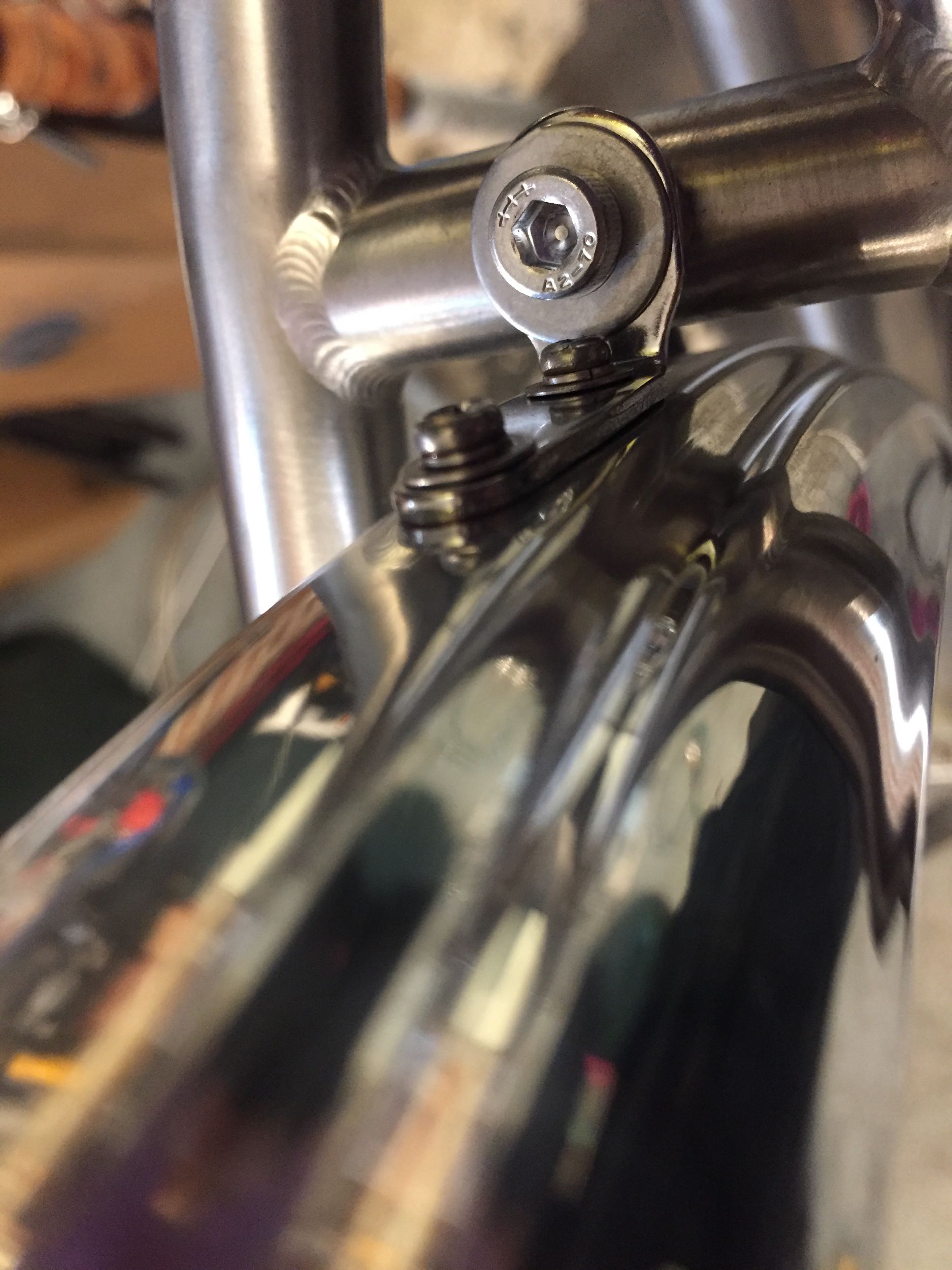
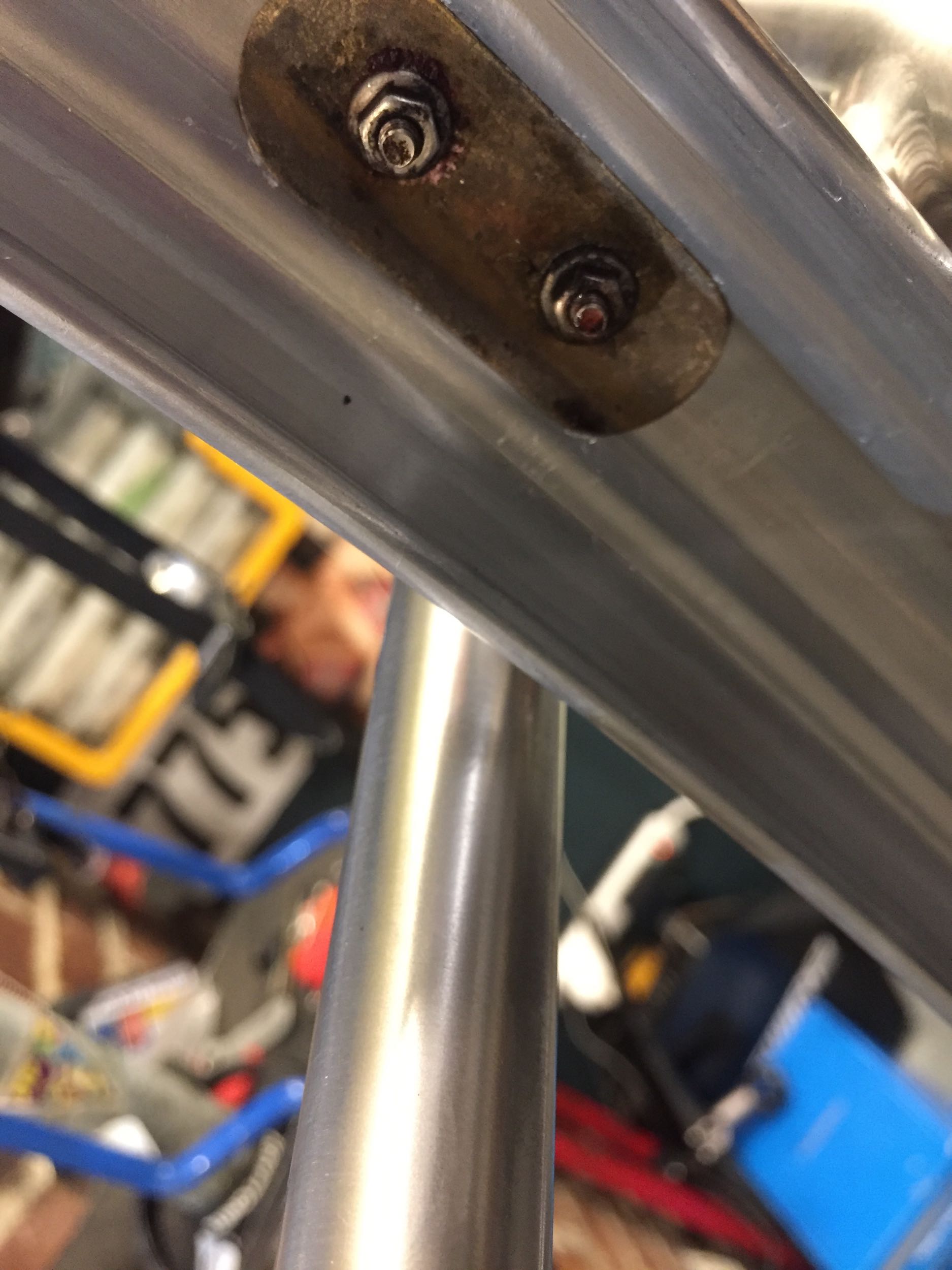
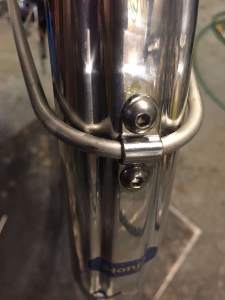
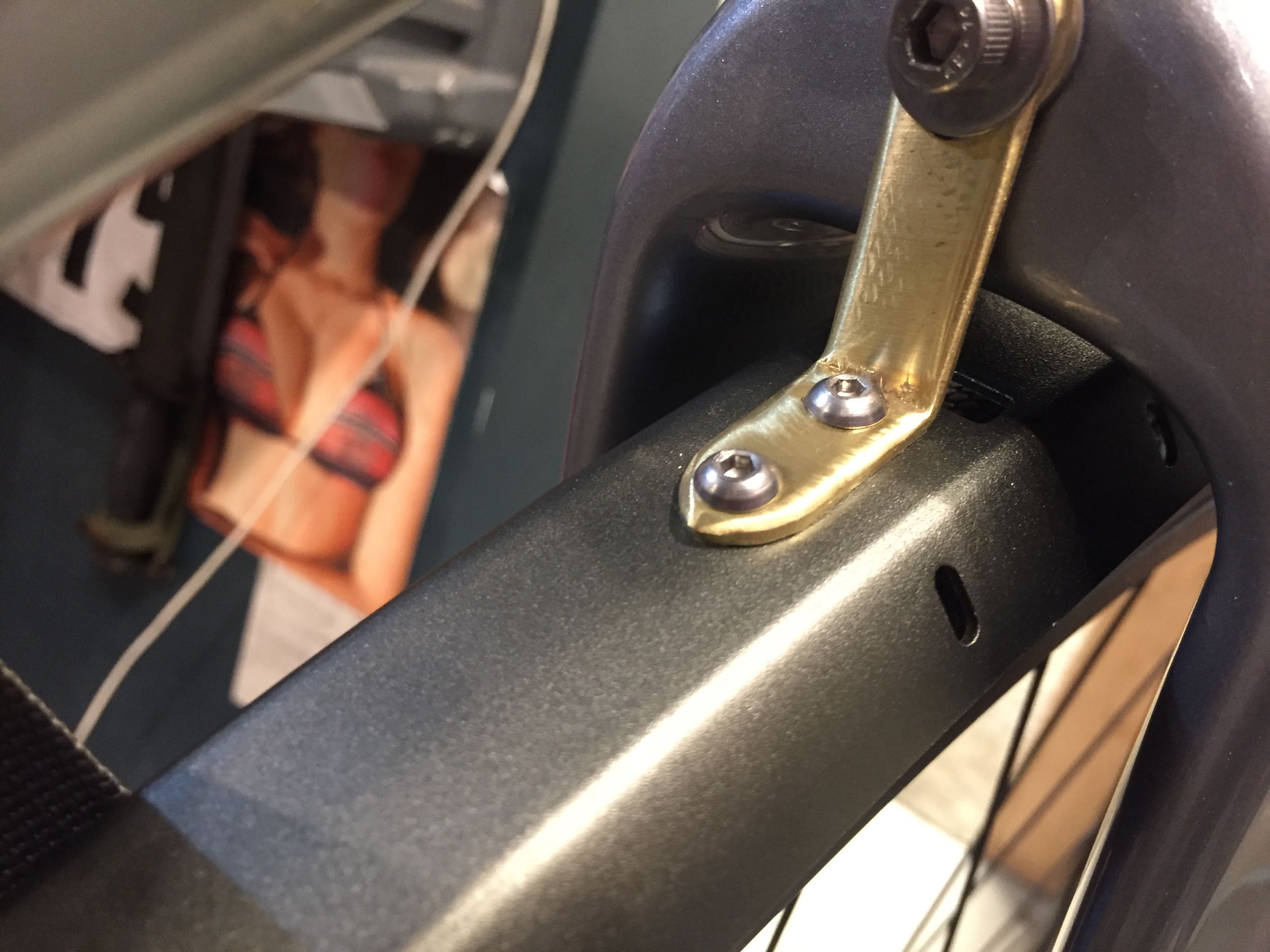
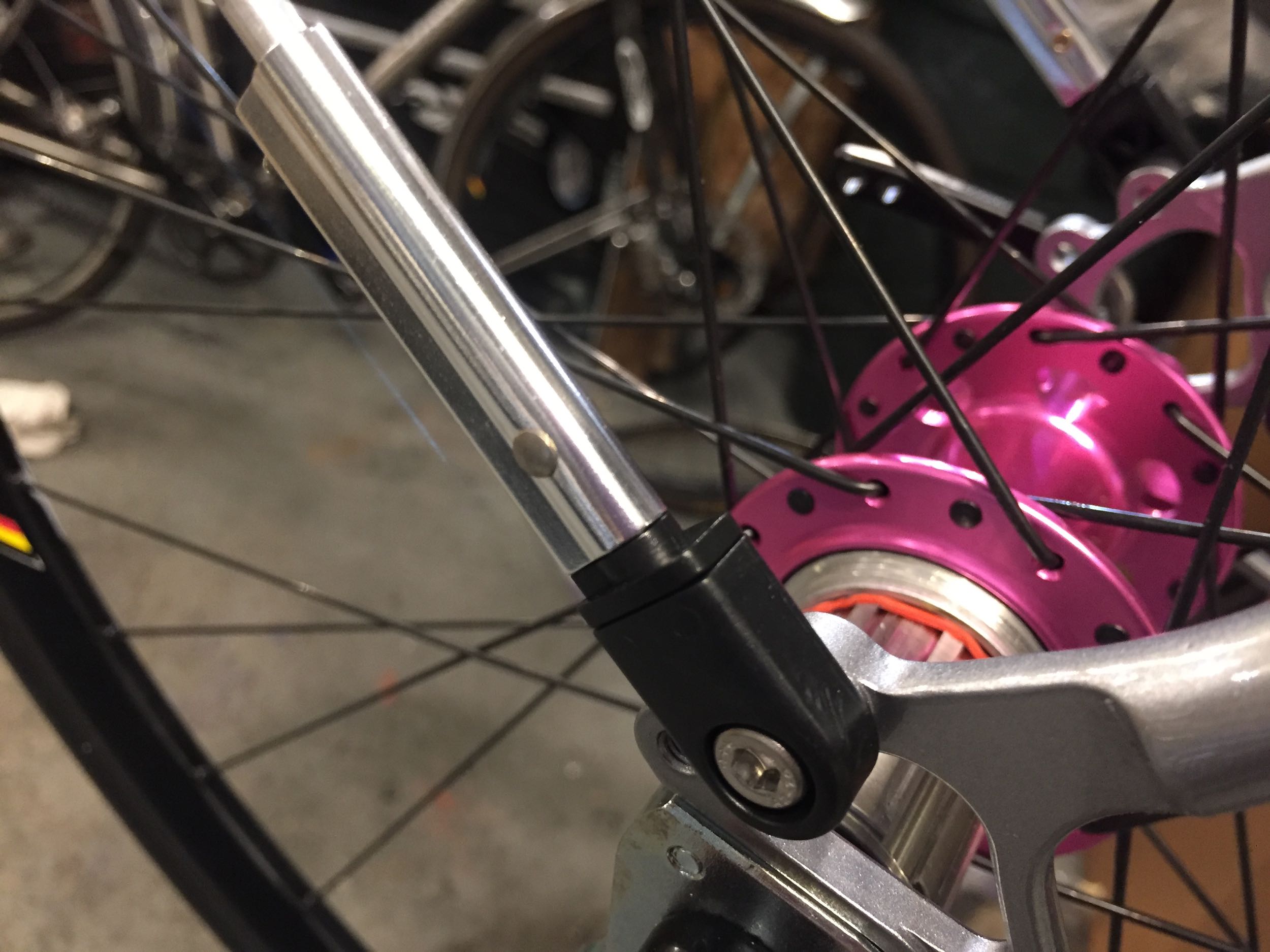
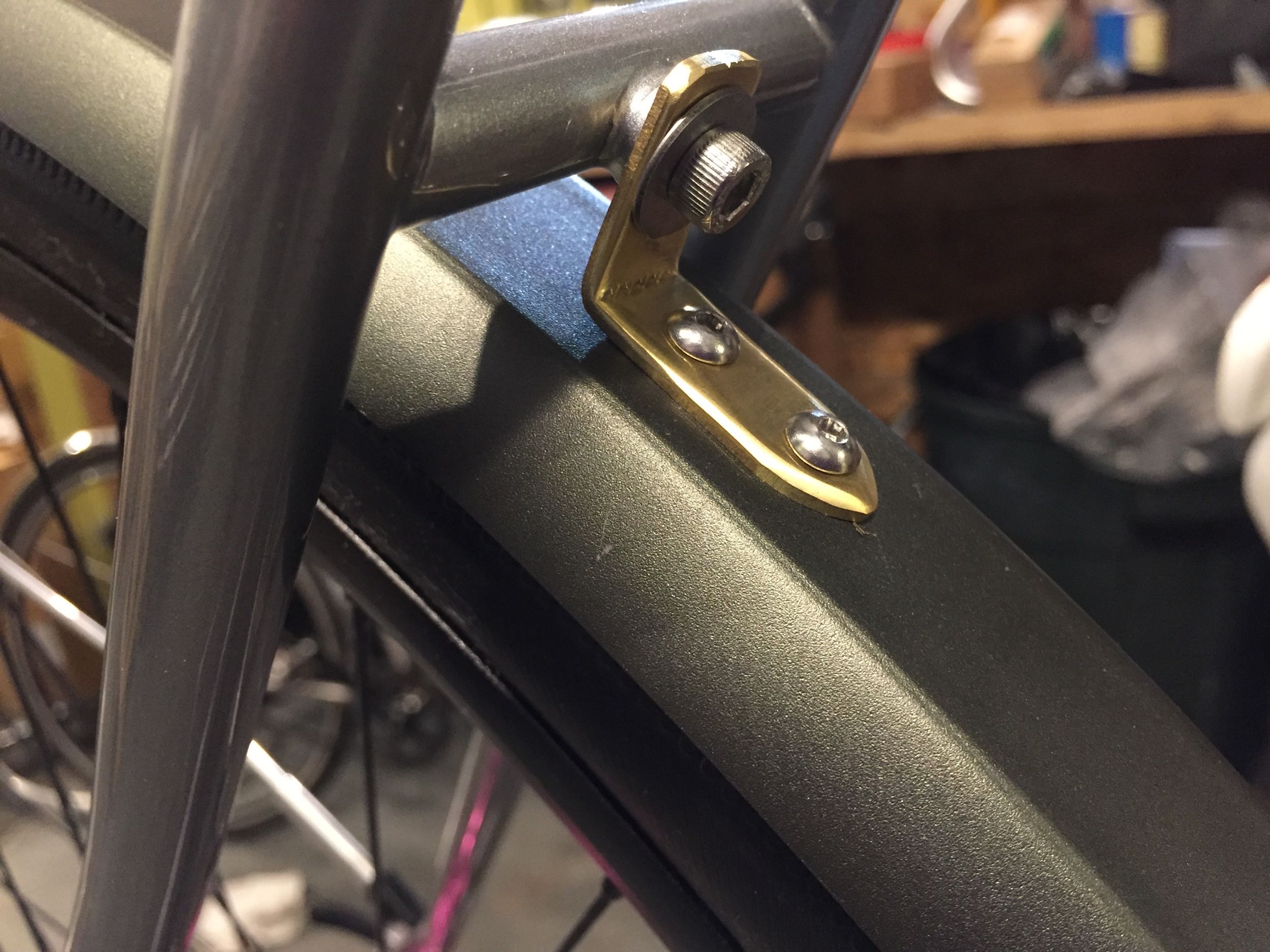
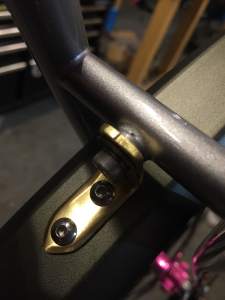
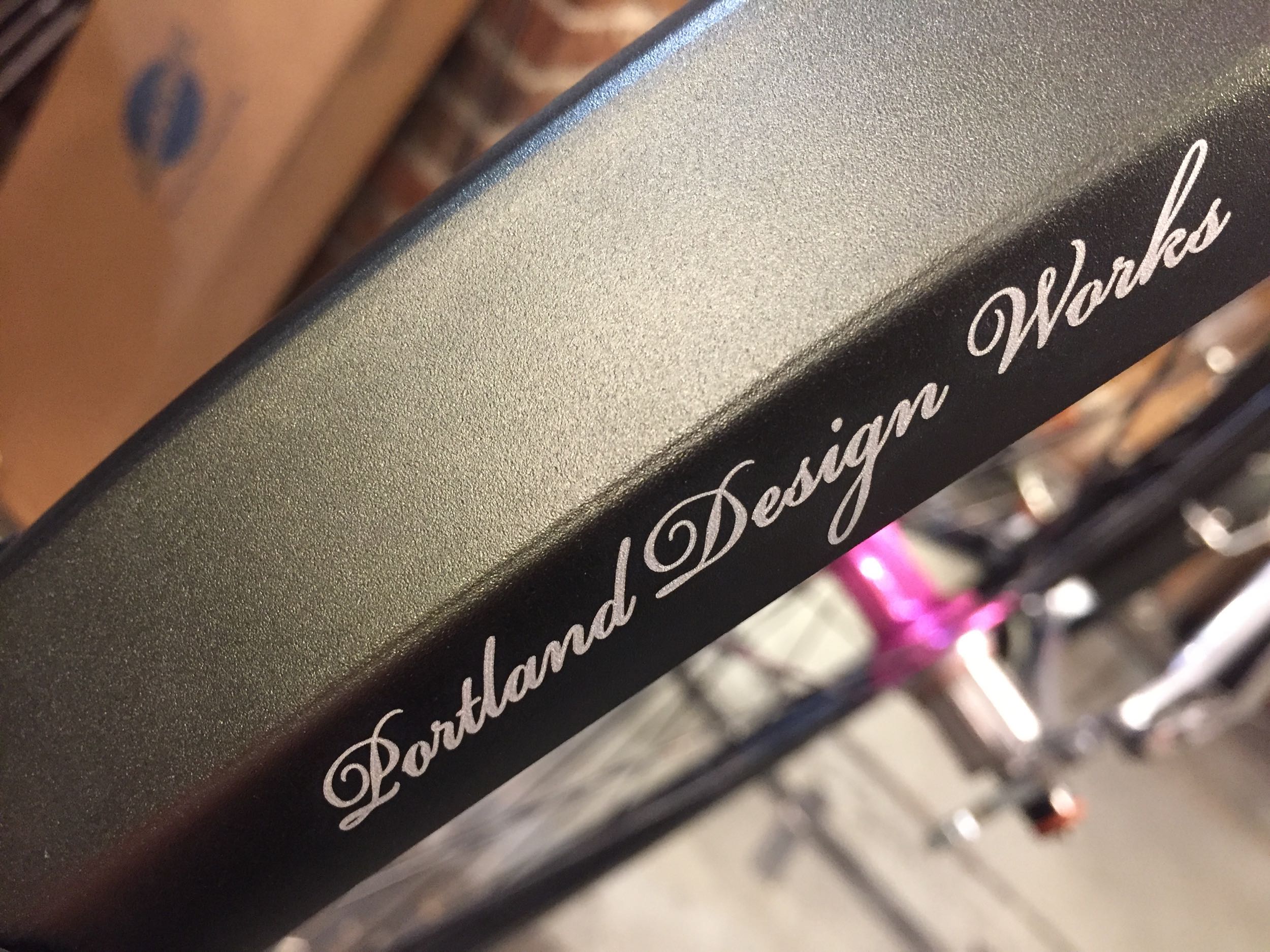
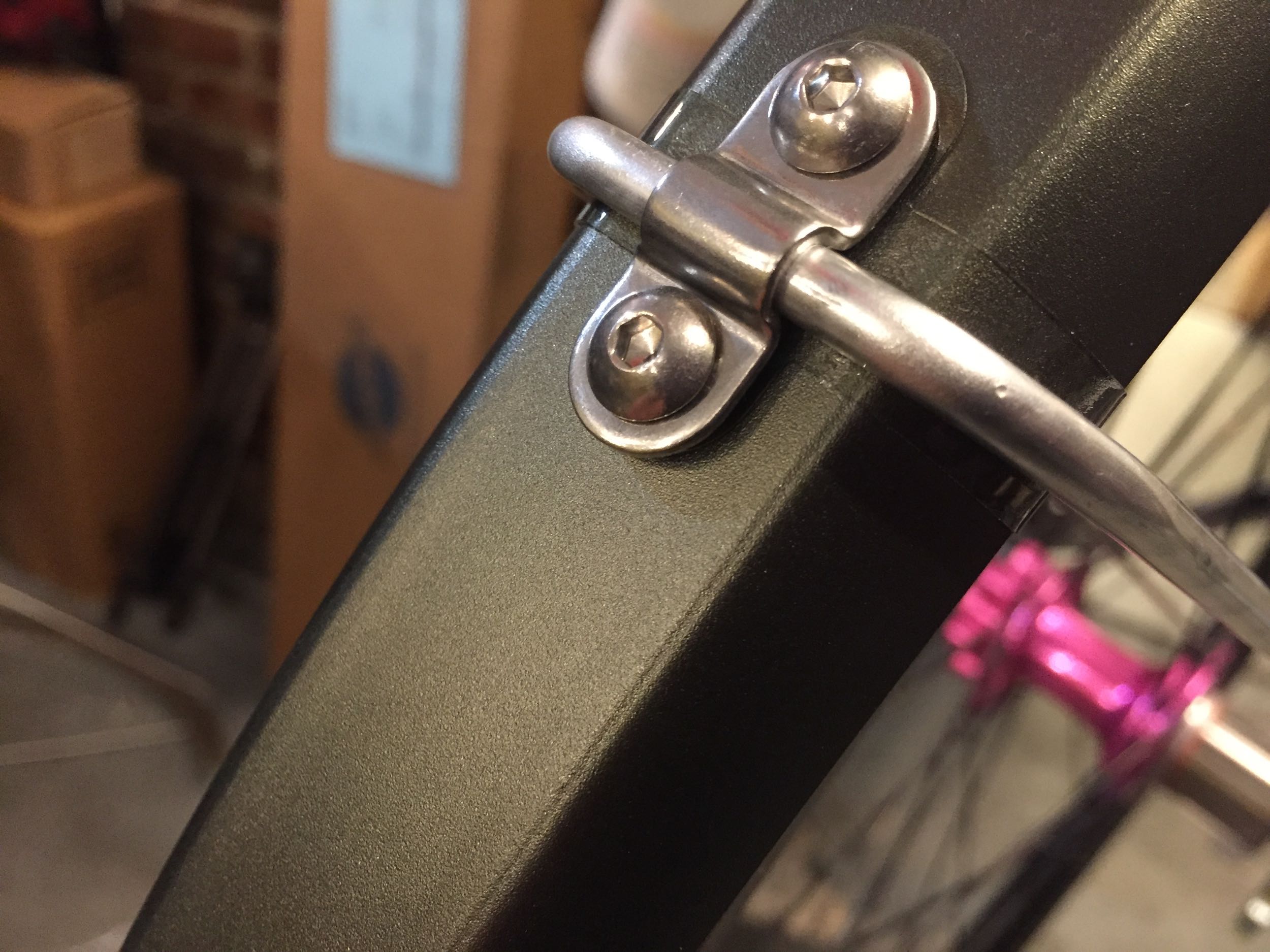
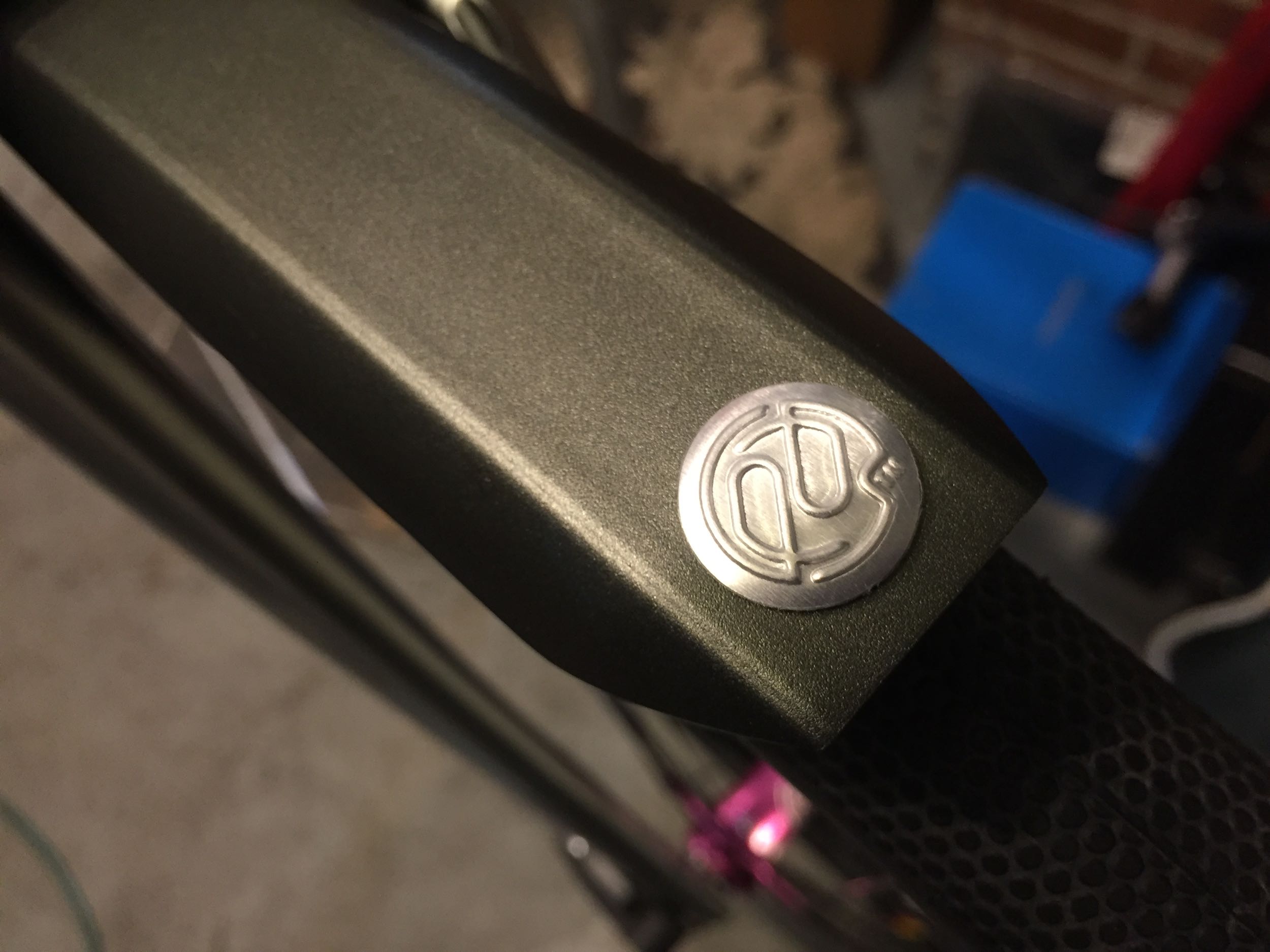
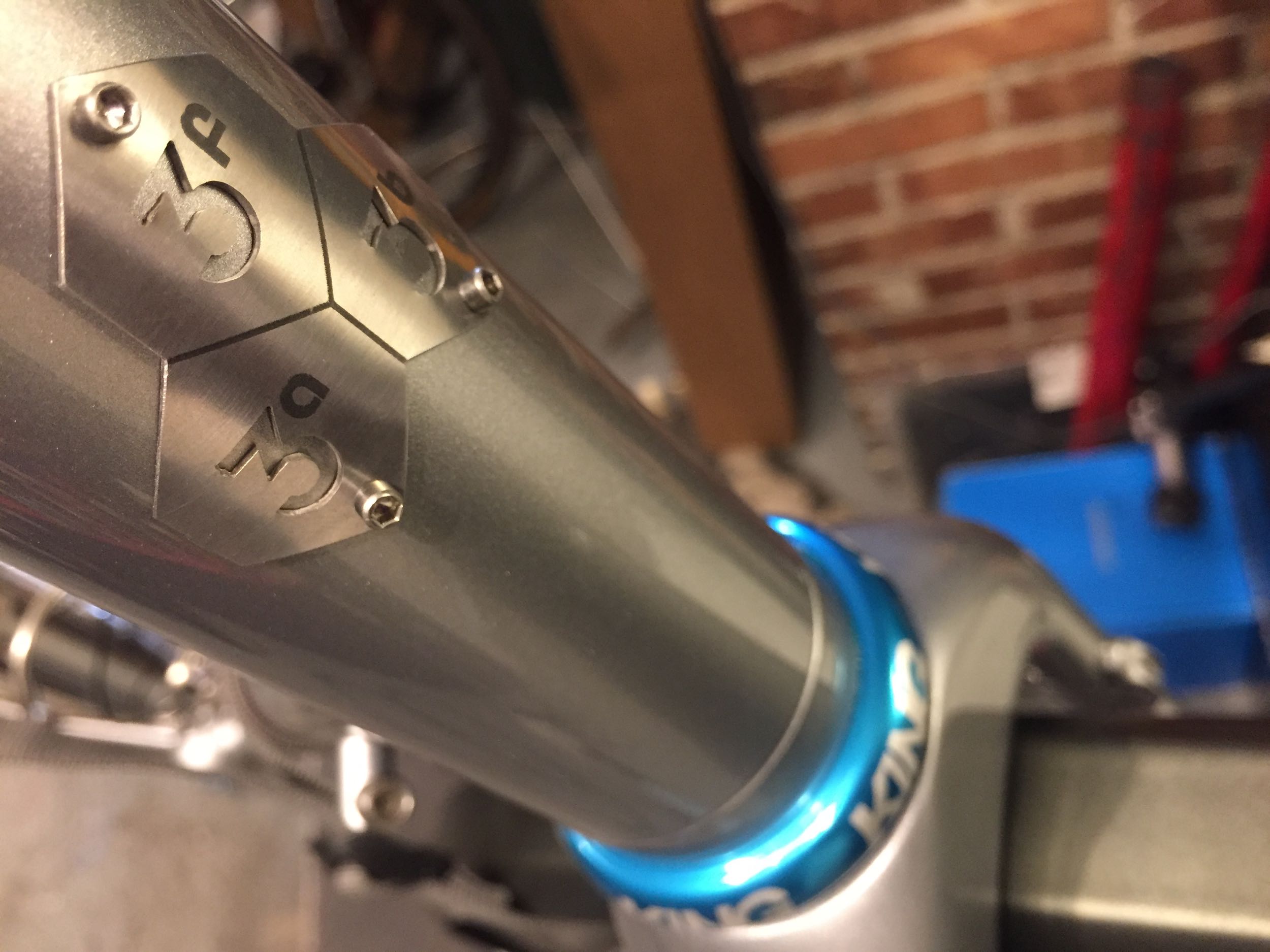
We're riding townies, adventure, and mountain bikes. Find recommendations on our store page. As Amazon Associates we earn from qualifying purchases.